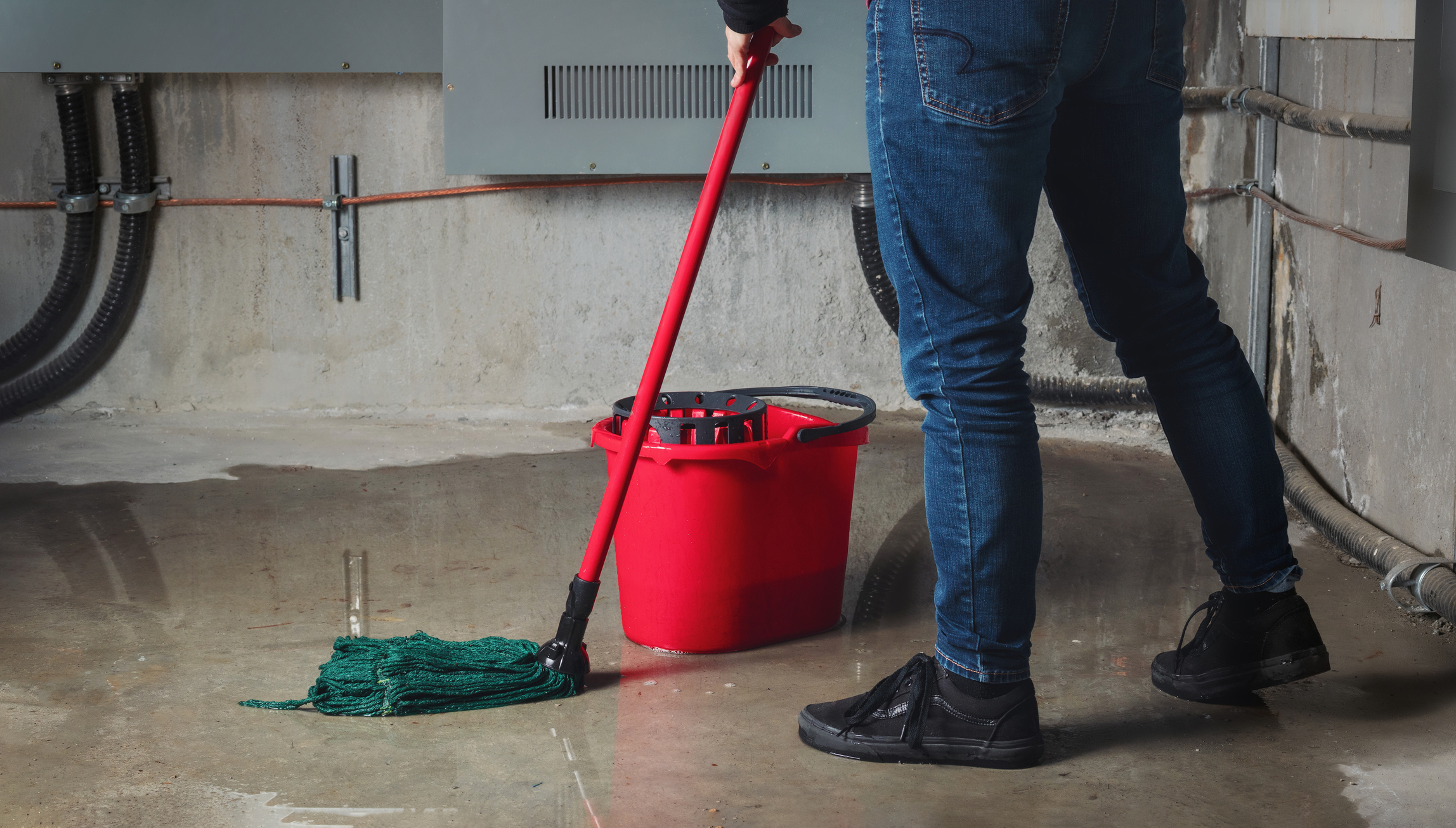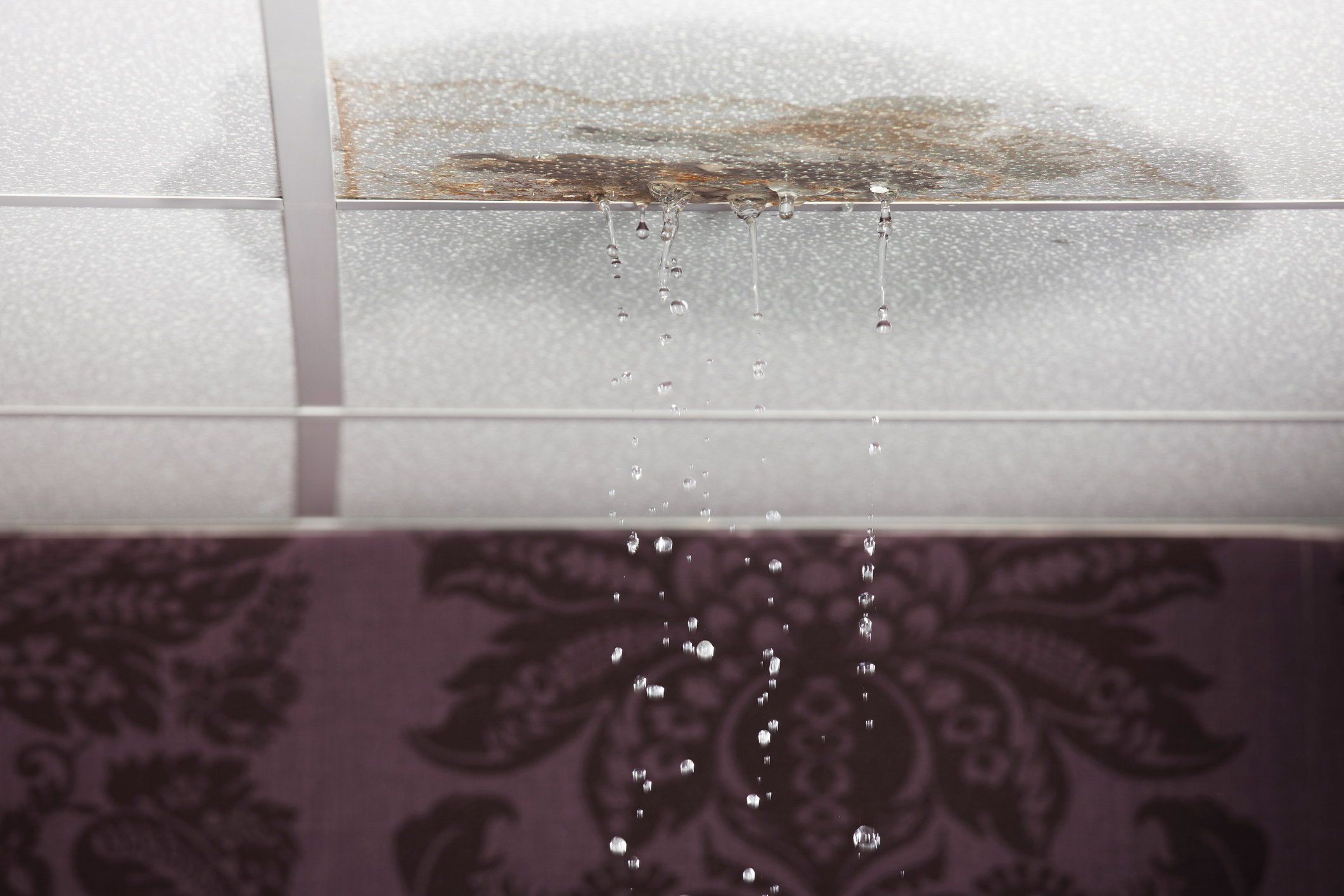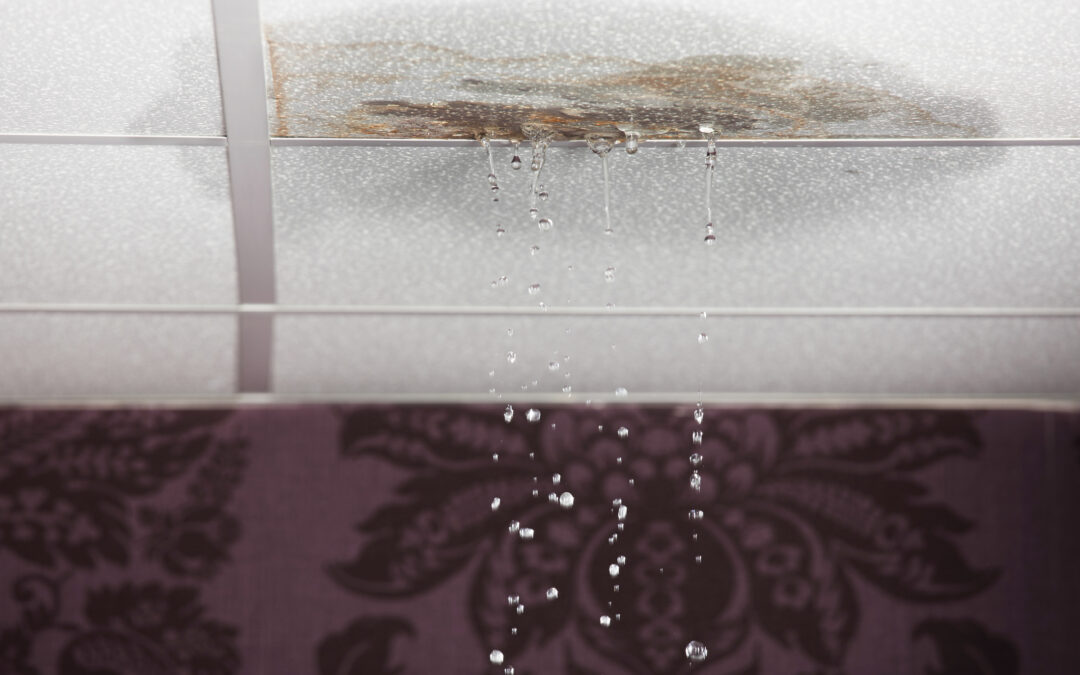Tornadoes and severe storms can be both frightening and destructive, often causing significant damage to homes and plumbing systems. Water-related issues such as flooding, burst pipes, and water heater failures can be a major concern in the aftermath of a storm. Fortunately, there are steps you can take before and during a storm to protect your plumbing system and prevent costly repairs. Here’s how you can safeguard your home’s plumbing during a tornado or severe storm.
Shut Off Your Main Water Valve
One of the most important things you can do to protect your plumbing during a storm is to locate and shut off your home’s main water valve. This helps prevent water from entering the system in the event of flooding or pipe damage. It also reduces the risk of water damage to your property.
- Where to Find the Main Water Valve: Typically, the main water shut-off valve is located in the basement, crawl space, or on an exterior wall near the foundation of your home. If you have trouble finding it, check the homeowner’s manual or ask a plumber to show you.
- How to Turn It Off: Turn the valve clockwise until it stops. If it’s hard to turn, consider installing a valve with a handle that’s easier to manage during emergencies.
By turning off the water supply, you reduce the likelihood of significant water damage if your plumbing system is compromised during the storm.
Inspect and Secure Your Water Heater
Water heaters are at risk of damage from both high winds and flooding. Tornadoes and severe storms can cause structural damage, which might lead to leaks or bursts in your water heater. Here’s how to secure and protect it:
- Check the Location: If your water heater is located in a basement or lower level, it’s more vulnerable to flooding. Ensure that the area around the water heater is clear of debris that could hinder evacuation or repairs.
- Elevate the Heater (if possible): If your water heater is in a flood-prone area, consider elevating it above the expected flood line. Installing a water heater pan or platform can help protect it from rising waters.
- Secure the Heater: For homes in tornado-prone areas, securing the water heater to a sturdy part of the structure can help prevent it from tipping over or sustaining damage during high winds.
- Consider Flood-Proofing Solutions: Some homeowners may choose to install flood sensors or pumps around their water heaters to detect water accumulation and mitigate flood damage.
 Install Backflow Prevention Devices
Install Backflow Prevention Devices
Backflow occurs when water from outside your home, often due to flooding, forces its way back into your plumbing system. This can lead to contaminated water entering your clean water supply, which can cause a variety of health and sanitation issues.
- What to Do: Install backflow prevention devices on your home’s sewer lines, sump pumps, and any other plumbing system that could be affected by floodwaters. These devices stop water from flowing backward into your pipes, providing an extra layer of protection during a storm.
- Sump Pump Maintenance: If you have a sump pump, make sure it’s functioning properly. Keep it clean and test it before storm season to ensure it can handle the volume of water expected during a flood.
Inspect and Reinforce Pipes and Connections
Strong winds and torrential rains can loosen or even rupture pipes, especially if they are old or poorly installed. Protecting these pipes before the storm hits can save you from costly repairs.
- Inspect for Vulnerabilities: Walk around your home and inspect exposed pipes in areas such as the basement, attic, and crawl spaces. Look for signs of wear and tear, such as rust, cracks, or loose joints. If any pipes look weak, it’s a good idea to have them reinforced or replaced.
- Secure Exposed Pipes: If you have any pipes exposed to the elements outside, consider wrapping them with insulation or securing them within sturdy coverings to prevent wind or flying debris from causing damage. In tornado-prone areas, consider placing a pipe protector around vulnerable outdoor pipes.
Check Your Plumbing Vent Pipes
Plumbing vent pipes, which allow air to enter your plumbing system and help wastewater flow properly, are often overlooked but can be vulnerable during severe storms. Flying debris, hail, and high winds can damage or block vent pipes, causing drainage issues or pressure problems in your plumbing.
- Protect Vent Pipes: Ensure that all vent pipes on your roof or exterior are secure. If necessary, install protective screens to prevent debris from entering. In areas with frequent storms or tornadoes, consider reinforcing these vent pipes with sturdy materials.
Prepare an Emergency Plumbing Kit
In the event that plumbing damage does occur, having an emergency plumbing kit on hand can help you address minor issues before a professional plumber can arrive. Include:
- Pipe sealant or plumber’s tape
- A wrench and other basic plumbing tools
- Towels and a small pump or wet-dry vacuum to handle excess water
- A flashlight and batteries in case of power outages
Being prepared with these basic tools will give you the ability to handle smaller plumbing issues quickly while waiting for repairs to be made.
While tornadoes and severe storms can be unpredictable and dangerous, being proactive about protecting your plumbing system can minimize the damage and prevent costly repairs. By shutting off your water valve, securing your water heater, installing backflow prevention devices, inspecting pipes, and preparing an emergency kit, you can significantly reduce the risk of plumbing disasters during storm season.
If you’re unsure about how to secure your plumbing system or need help with preparations, don’t hesitate to go to our home page for coupons and specials or contact Fite Plumbing, Heating & Cooling today. Preparing in advance can give you peace of mind, knowing that you’ve done everything possible to protect your home’s plumbing during severe weather.


